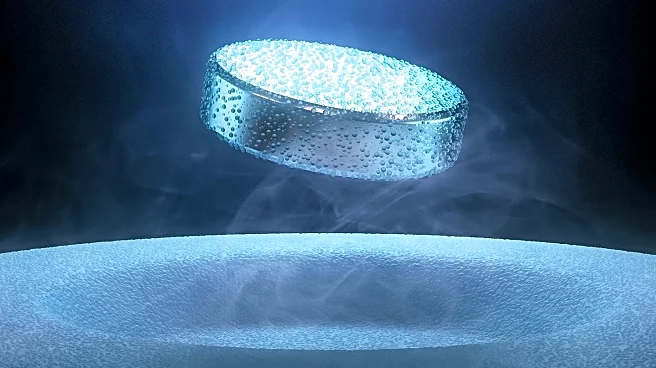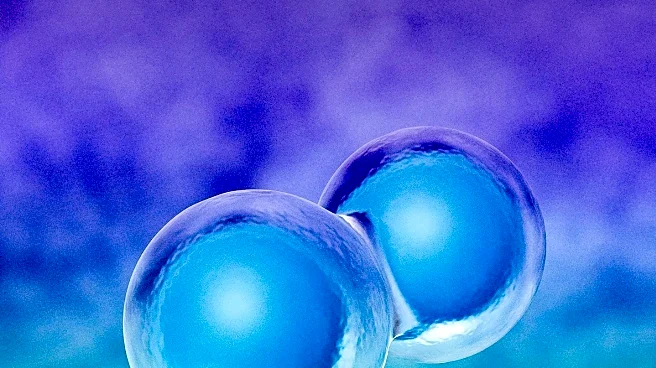What is the story about?
What's Happening?
Researchers at the Institute for Bioengineering of Catalonia, in collaboration with Dexeus University Hospital in Barcelona, have captured the first real-time 3D footage of a human embryo implanting into a synthetic uterus. This groundbreaking footage reveals the detailed process of how embryos burrow into the uterine tissue, exerting significant force to integrate fully. The study highlights the invasive nature of this process, which had not been observed before, despite being a known cause of abdominal pain and slight bleeding in women during implantation. The research utilized a platform that allows embryos to implant outside the uterus under controlled conditions, enabling real-time imaging and analysis. The study also compared human and mouse embryo implantation processes, finding significant differences in how each species interacts with uterine tissue.
Why It's Important?
This research is significant as it provides a deeper understanding of the embryo implantation process, which is a major factor in infertility and accounts for about 60% of miscarriages. By revealing the mechanics of how embryos interact with uterine tissue, the study could lead to improved fertility treatments and higher success rates for in vitro fertilization. The findings may also help in developing new strategies to address implantation failures, potentially benefiting millions of individuals and couples facing infertility issues. The ability to observe and analyze the implantation process in detail could pave the way for advancements in reproductive health and fertility science.
AI Generated Content
Do you find this article useful?












